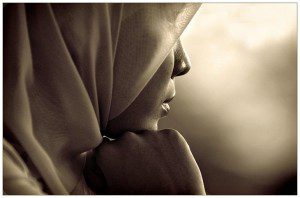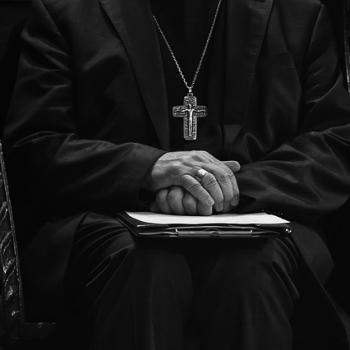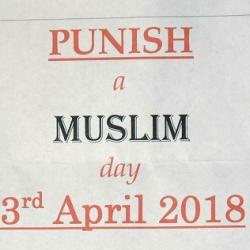 When it comes to Muslim women and hijab (whether we’re talking literally about wearing or not wearing the headscarf and other forms of modest dressing or about the act of modesty), the subject matter has been dissected to death – from how a woman dons the hijab (She’s being too fashionable! Clothes are covering the body but are tight-fitting, so what’s the point? A headscarf is not enough. You must wear a burqa.), to how others perceive the hijab (If you wear it, you’re a “good Muslim woman,” if you don’t, well then the jury’s out on you.), to heads of state taking stands against the hijab and its stricter cousin, the niqab.
When it comes to Muslim women and hijab (whether we’re talking literally about wearing or not wearing the headscarf and other forms of modest dressing or about the act of modesty), the subject matter has been dissected to death – from how a woman dons the hijab (She’s being too fashionable! Clothes are covering the body but are tight-fitting, so what’s the point? A headscarf is not enough. You must wear a burqa.), to how others perceive the hijab (If you wear it, you’re a “good Muslim woman,” if you don’t, well then the jury’s out on you.), to heads of state taking stands against the hijab and its stricter cousin, the niqab.
It gets to a point that I read the word “hijab” or “headscarf” or any play on the word “veil” in a headline, and I think, “Move on, folks. Move on.” But two blog posts recently provided some fresh perspective on the hijab — perspectives worth sharing.
The first is from Amjad Tarsin, who writes at the blog “Capturing Light.” He offers a male perspective on the hijab, arguing that the decline of modesty amongst men and women is due to the decline of modesty in men. Wow – turning the hijab discussion back on the man. Because, as many non-Muslims may not realize (since it seems like all discussions of modesty and Muslims center on women), there are modesty guidelines for Muslim men too.
Tarsin writes:
Regardless of what we are surrounded by, Muslim men must hold themselves to a higher standard of morality and virtue. Once Muslim men take their piety, education, and character seriously, our noble female counterparts will recognize and appreciate that within us. We must abolish the double standard that exists in our communities – not by lowering the standard of feminine modesty, but rather by demanding Muslim men live up to standards of modesty already given to us by God and His Messenger. When Muslim males gawk at half-naked women (whether in public, on television, or on the internet), act and speak lewdly, and show a greater appreciation for immoral women, then what kind of message does that send to Muslim women who attempt to maintain their dignity inwardly and outwardly? Oftentimes, when Muslim women see so many Muslim males acting this way, they lose hope in finding a righteous husband and sometimes ask themselves why they even bother to wear the head-scarf. If Muslim men held themselves to a higher standard, acted like gentlemen, and appreciated the greater qualities within women such as mercy, trustworthiness, loyalty, and modesty – then Muslim women would feel more appreciated for their struggle to be modest, or at the very least feel that Muslim men can relate.
He goes on to offer scriptural sources for his thoughts. Really, it’s a post worth reading – for Muslim men, but for everyone so as to see that modesty is not just for women.
The second piece I want to point out is from Pantheon, a Pagan blog at Patheos. Did you know that some Pagan women cover their hair? I didn’t. What fascinated me about this piece (written by the Pagan Portal’s Managing Editor Star Foster) were the reasons why — to please “my Gods,” to gain confidence and show devotion to one’s deity, as a representation of maturity, and most interesting, because it makes one feel sexy.
Sexy?
That’s like literally the opposite (as far as I know) of the reasons why many Muslim women wear the hijab and modest clothing.
But read this:
Somewhere amidst the many blogs I read a woman made a comment that she veiled because she didn’t have to share herself with everyone. She made the choice on who saw her hair. She deemed a part of herself sacred and set it apart from everyone else, to only share with a select few.
I find that concept interesting, that idea of reserved power. A woman may be showing cleavage, wearing a short skirt, and dancing in heels, but her covered hair would represent that she was fully in charge of her body and the decisions made over her body. As the birth control debate rages, it’s a rather empowering image to consider.
It’s a fascinating read, and I urge you to check it out. Whereas I had heard of forms of headcovering in Christianity and Judiasm, and of course I am quite familiar with it with the context of Islam, it was something new to read about how modesty and headscarfs play out in Paganism.











